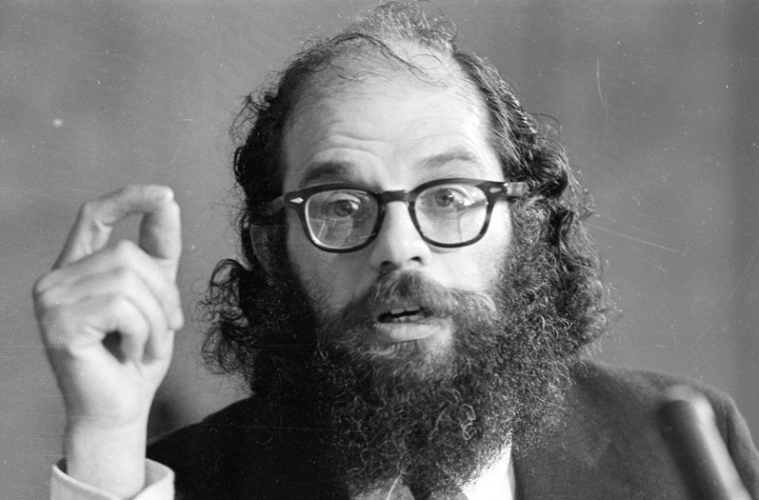Before its flame was extinguished, New York’s legendary Kim’s Video contributed further to the world of cinephilia by polling better-known customers about their favorite films. One of these customers happened to be Allen Ginsberg, a figure whose relative lack of experience in cinema certainly won’t stand as any sort of qualifier. Thanks to The Allen Ginsberg Project (via Open Culture), we can now get a wider — and, to our eyes, more immediately understandable — grasp of what made this generation-defining voice tick.
Two interests — French Poetic Realism and the work of (or at least work heavily relating to) his fellow Beat poets — announce themselves rather clearly, given the fact that they arguably occupy 90% of the final list. The sole “outsider” is Battleship Potemkin, a picture that, with fierce political intentions and poetic inclinations in its cutting, nevertheless makes perfect sense as a Ginsberg favorite. Some of these are certainly more difficult to find than others, so while a few have been embedded in full, the availability for others is slim to nearly zero — but hopefully one still comes away with a greater understanding of how the man appreciated cinema.
Have a look below:
Battleship Potemkin (Sergei Eisenstein, 1925)
The Blood of a Poet (Jean Cocteau, 1930)
Pépé le Moko (Julien Duviver, 1937)
Grand Illusion (Jean Renoir, 1937)
Port of Shadows (Marcel Carné, 1938)
Children of Paradise (Marcel Carné, 1945)
Orpheus (Jean Cocteau, 1950)
Pull My Daisy (Robert Frank & Alfred Leslie, 1960)
The Flower Thief (Ron Rice, 1960)
Heaven and Earth Magic (Harry Smith, 1962)


